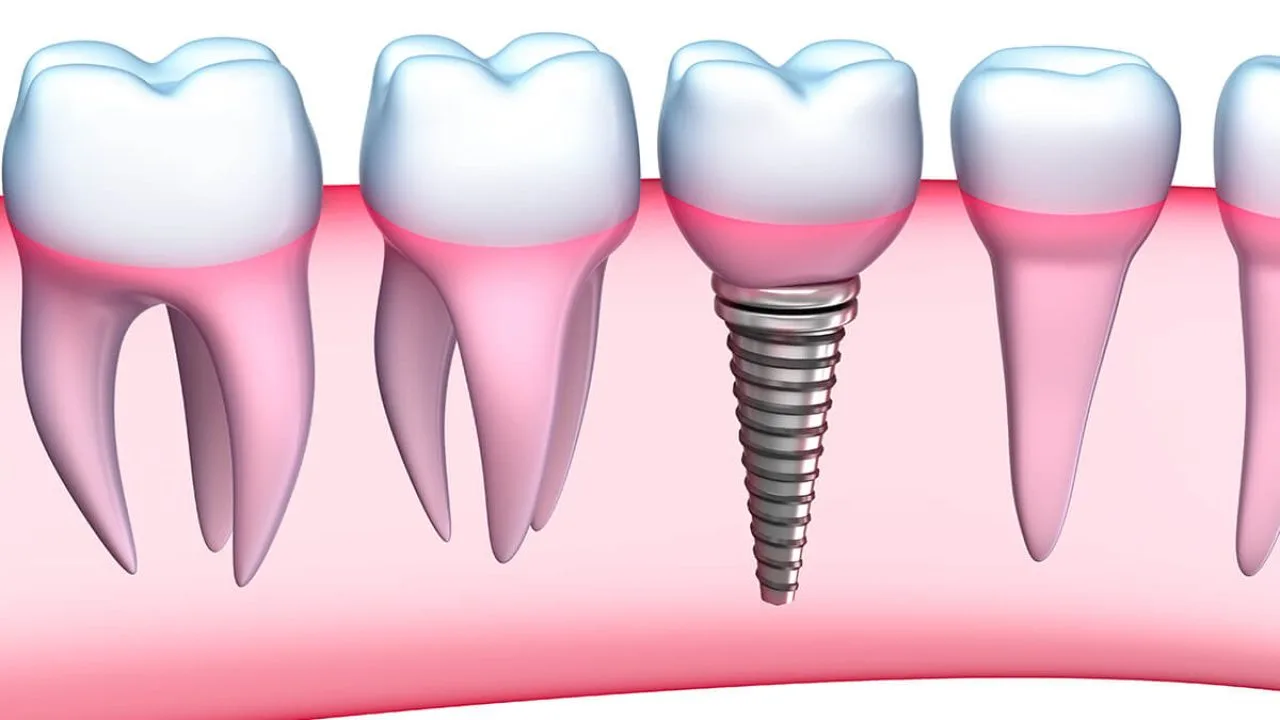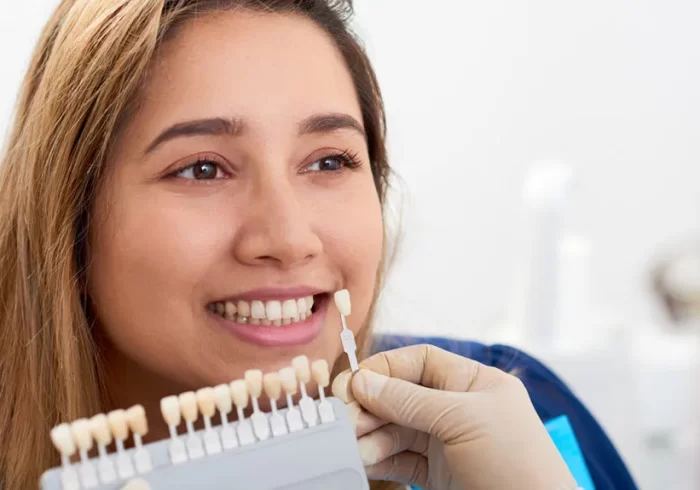An item that can aid in tooth replacement is a dental implant. The implant itself is inserted into your jawbone, acting as a substitute for a natural tooth root. The implant is connected to a crown, which is a type of artificial tooth.
A dental implant is often intended to be a long-term fixture in your mouth. In fact, research over ten years has shown that dental implants in Lawton have a 90–95% success rate through trusted sources. A dental implant could, however, also malfunction in the weeks or months that follow implantation. A number of factors could cause this.
What are the types of dental implants patients can choose from?
- Endosteal implants
The most popular kind of dental implants are endosteal implants, which resemble tiny screws or cylinders. Although ceramic can also be used, titanium is the material of choice for them. It usually takes two steps to implant these implants into your jawbone directly. During the process, anesthesia will be administered to you to prevent pain.
Your surgeon will first cut your gums. Next, they will carefully drill a hole in your jawbone so that the implant can be placed there. Following implant placement, the gums and jawbone will be given time to heal. During a follow-up appointment, a crown is usually connected to the implant utilizing a metal post known as an abutment.
- Subperiosteal implants
Subperiosteal implants are positioned above the mandible and beneath the gums. They are made up of a metal framework that has tiny extensions that peek out from the gums. These implants are usually advised for those who cannot or do not want to have a bone graft performed before the implant is placed, do not have sufficient healthy jawbone for the insertion of an endosteal implant, or both.
Subperiosteal implants are placed under anesthesia, just like endosteal implants. Implant placement involves a number of steps. Making an impression on the jawbone is the first step. This ensures that when the implant is inserted, it will fit correctly. To make an appearance, your surgeon will need to make an incision that exposes your jawbone.
It is time to implant the device after the wound has healed. The metal implant frame is positioned so that it rests on top of your jawbone following a gum incision. Crowns can be affixed to the metal implant frame at a subsequent visit. These fasten to the tiny extensions that peek out from under your gums.








